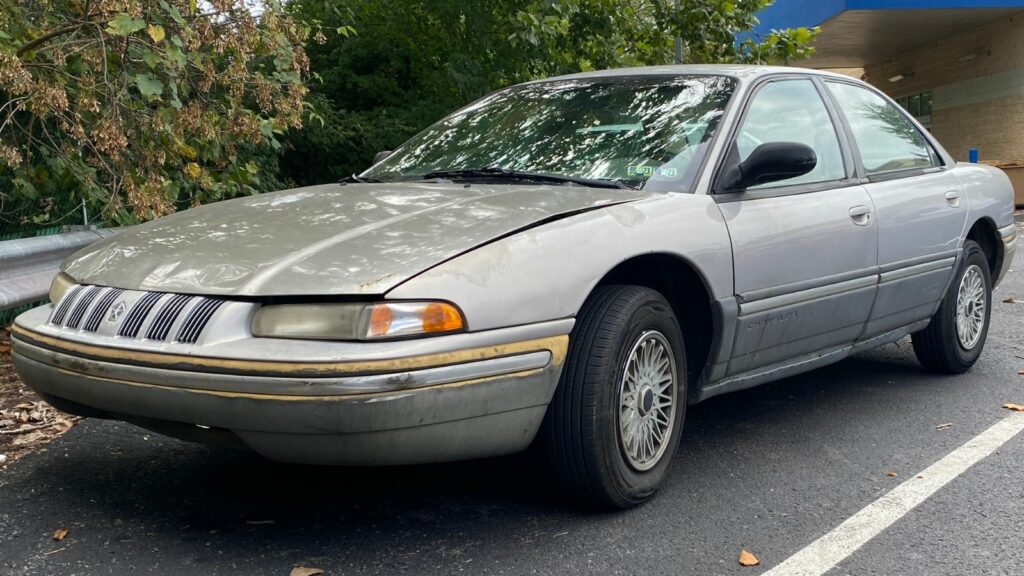The 1990s were a decade of experimentation in the automotive industry. Car designers were balancing stricter safety regulations, the growing importance of aerodynamics, and an increasing demand for new vehicle categories like crossovers and minivans. This led to some bold designs that aged beautifully, like the Acura NSX or Toyota Supra Mk4, but it also resulted in some genuine eyesores. Some of these cars looked bizarre the moment they were unveiled, while others seemed futuristic at first but quickly became dated and awkward. Expanded here with more detail and context, these ten cars stand out as the ugliest creations of the 1990s, vehicles that made buyers scratch their heads then—and still do now.
Pontiac Aztek (1999 Concept, Early 2000s Production)
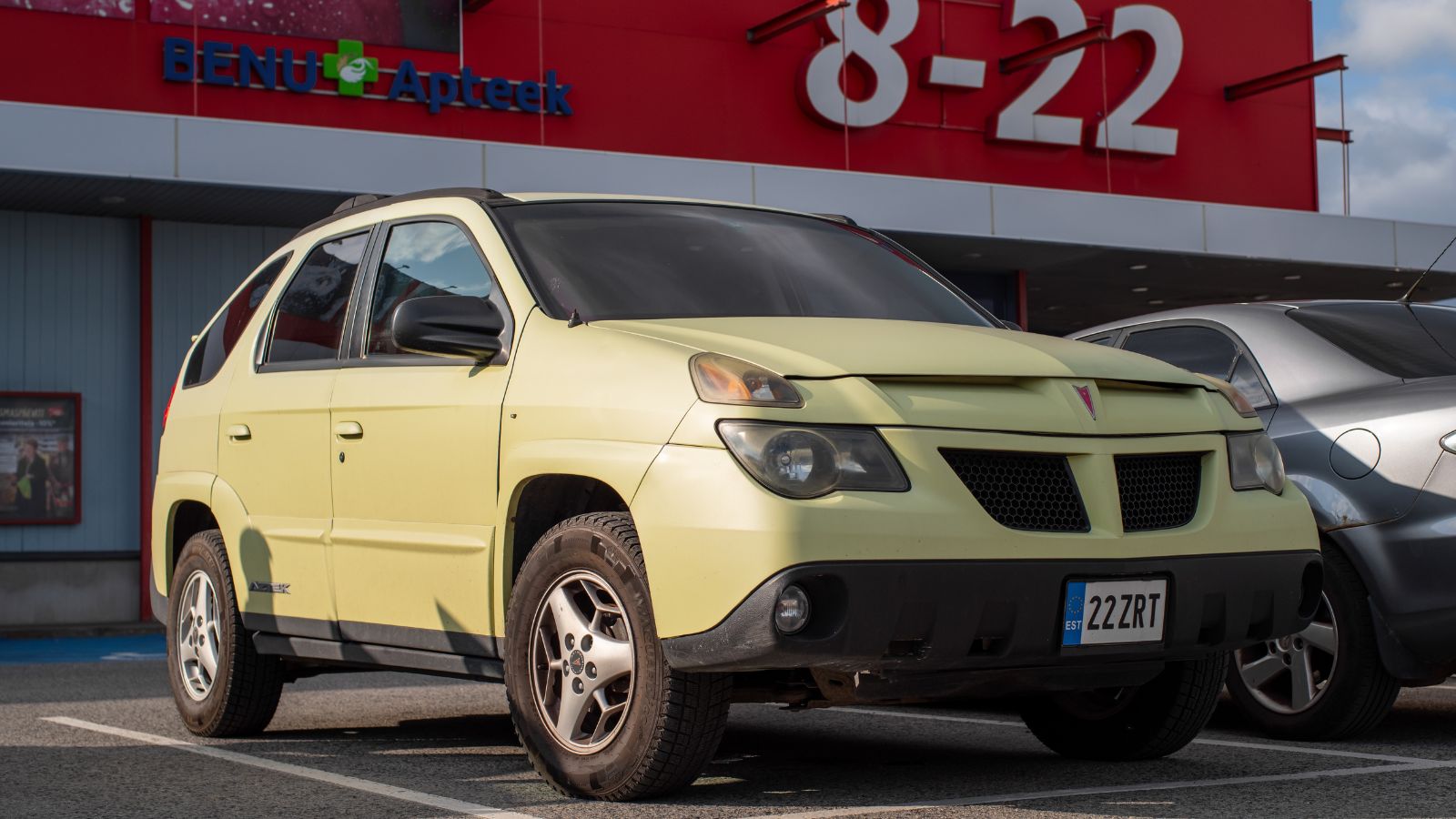
The Pontiac Aztek first appeared as a concept in 1999 and was quickly pushed into production for the early 2000s. It was supposed to represent the future of crossovers, but what arrived was a design mess. The Aztek looked like three different vehicles crammed into one body. Its twin-slit grille gave it a strange squint, the slab-sided panels were chunky without purpose, and the rear end looked as though it had been tacked on at the last minute. Pontiac touted its practicality, pointing to the wide-opening hatch and available tent attachment, but nobody could get past the way it looked. Even fans who defended its function admit that it was one of the ugliest vehicles GM ever built.
Fiat Multipla (1998)
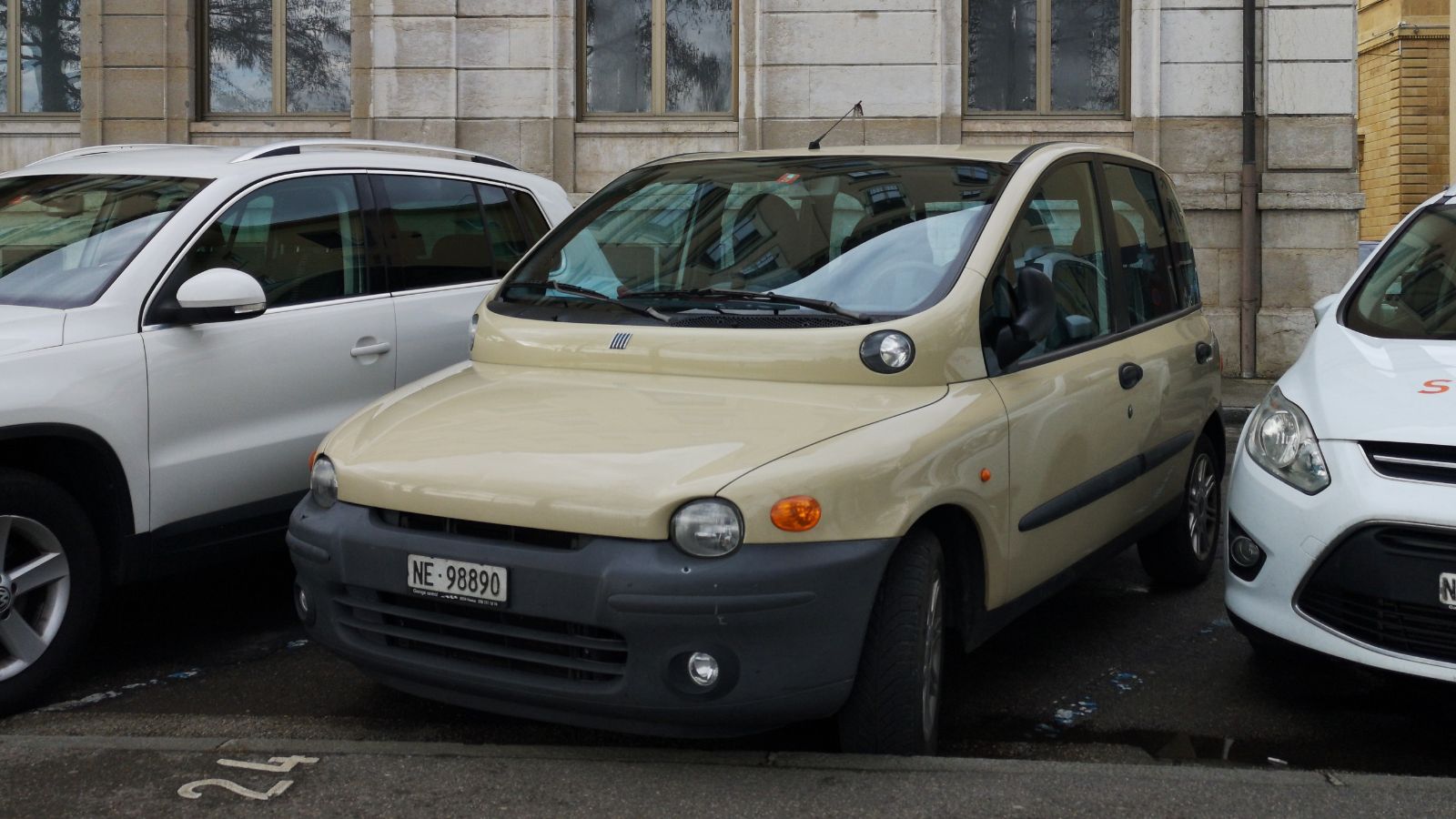
The Fiat Multipla was unveiled in 1998 as a clever six-seat family car, but its looks instantly caused laughter and disbelief. Designers placed a row of small lights above the main headlights, giving the Multipla a bug-eyed appearance that no other car dared replicate. Its short, wide body and abrupt lines made it resemble something from a cartoon rather than a showroom. Fiat promoted its practicality, with two rows of three seats offering impressive space inside. Unfortunately, no one could overlook its absurd exterior. Even today, it is regularly listed among the ugliest cars ever made, despite the fact that it worked remarkably well as a family hauler.
Suzuki X-90 (1995)
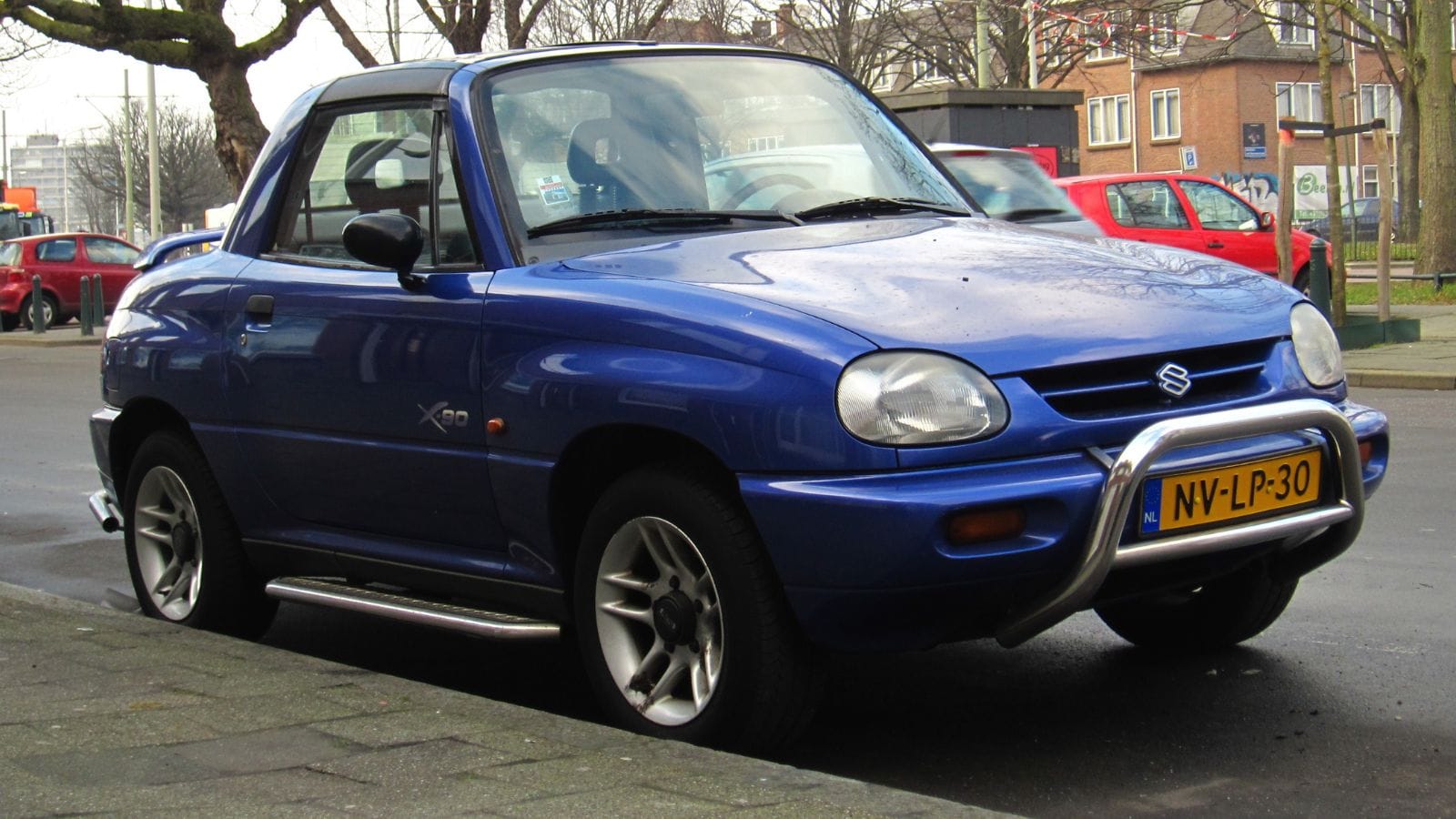
Suzuki tried to cash in on the rising popularity of small SUVs with the X-90 in 1995. What buyers got instead was a bizarre two-door SUV-coupe hybrid with removable T-tops. Its stubby proportions, bulbous headlights, and exaggerated wheel arches made it look more like a toy car than a serious vehicle. Although it offered four-wheel drive and some off-road ability, few buyers wanted to be seen driving one. In total, fewer than 8,000 units were sold worldwide, making it one of Suzuki’s shortest-lived experiments. Its awkward styling remains its most memorable feature.
Chevrolet Lumina APV (1990)
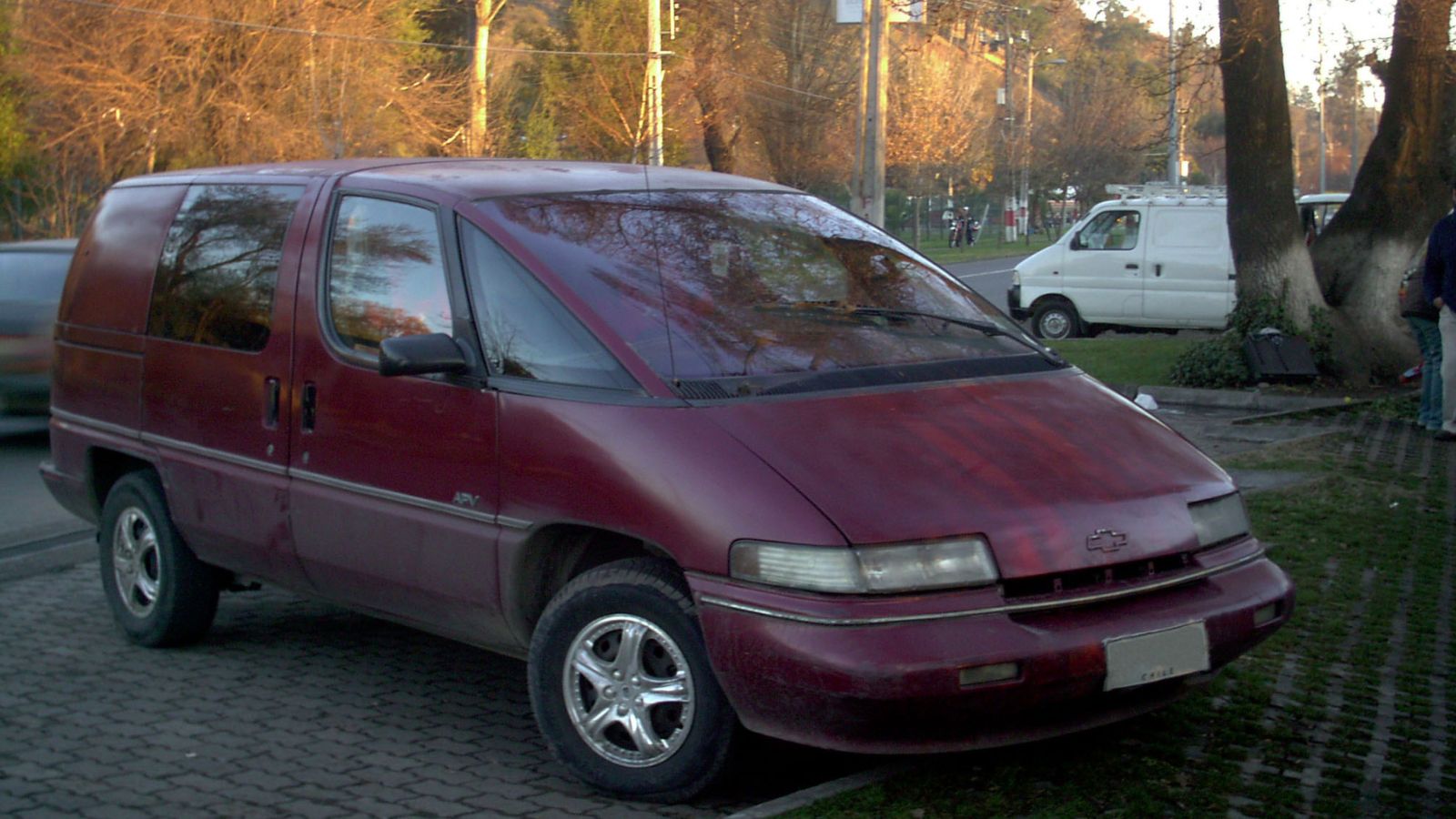
Chevrolet’s Lumina APV minivan debuted at the start of the decade and was intended to look futuristic. Instead, it earned the nickname “Dustbuster” thanks to its ultra-sloped windshield and long, narrow body that resembled a handheld vacuum cleaner. Plastic body panels added to its odd, almost toy-like appearance, and while the interior was spacious, the exterior was universally mocked. Families may have appreciated its practicality, but in parking lots across North America, the Lumina APV stood out for all the wrong reasons.
Isuzu VehiCROSS (1997)
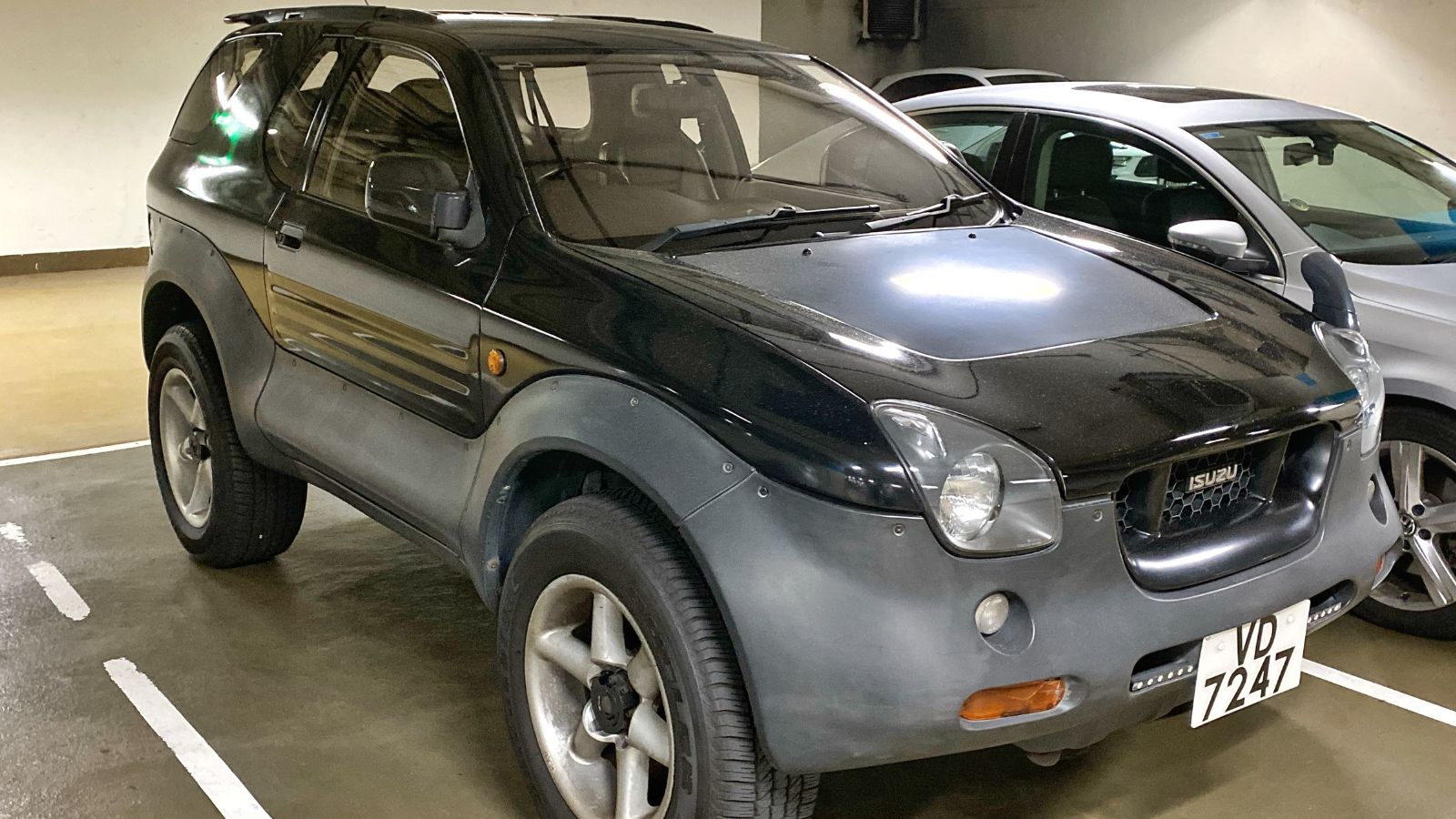
The Isuzu VehiCROSS arrived in 1997 as an off-road-capable SUV with a design that was supposedly ahead of its time. Unfortunately, its styling was more bizarre than futuristic. With its heavily cladded body, oversized fender flares, and oddly pinched side profile, the VehiCROSS looked unfinished, as though multiple clay models had been merged into one. While its 3.5 litre V6 and advanced suspension gave it impressive off-road performance, buyers could never quite warm up to its looks. Today, it has a cult following, but most still agree it is more strange than stylish.
Ford Scorpio (1994 Facelift)
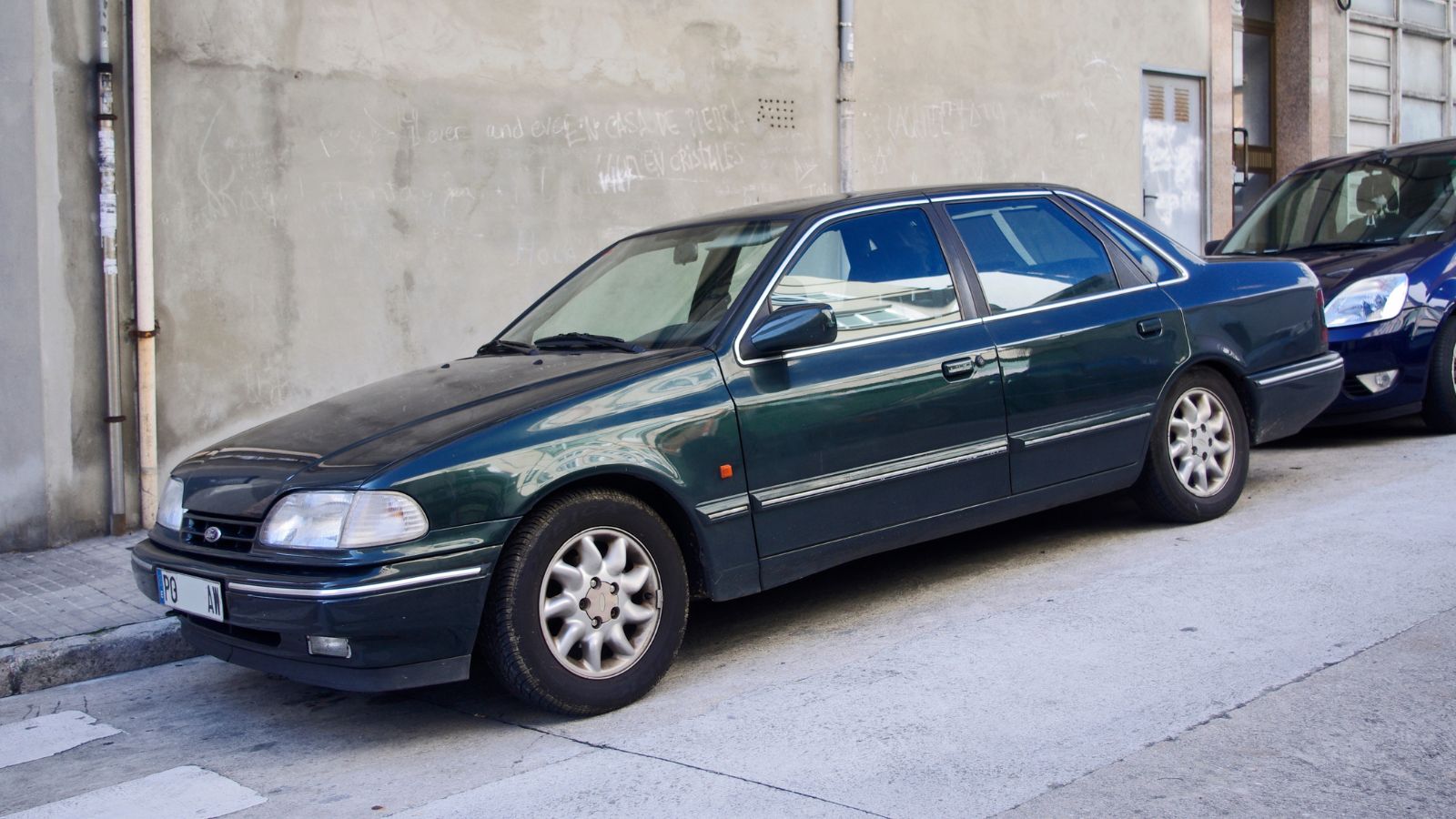
Ford’s second-generation Scorpio was intended to be a serious European luxury sedan, but the 1994 facelift turned it into a visual disaster. The elongated oval headlights made the front end resemble a startled fish, and the bulbous bodywork gave it an awkward, swollen appearance. The interior was comfortable and filled with technology for its time, but the styling kept buyers away. Sales were so weak that Ford eventually pulled the model from the lineup entirely. It became a cautionary tale about how a bad design can doom even a decent car.
Nissan Cube (1998, Japan)

The Nissan Cube debuted in Japan in 1998 and was meant to be quirky and youthful. Instead, it looked like a boxy appliance on wheels. Its stubby nose, upright windshield, and awkward proportions made it resemble a rolling refrigerator. While it did offer excellent interior space and practical use of its boxy shape, its styling was polarizing at best. Later generations leaned into the Cube’s eccentricity and developed more of a cult following, but the original was simply odd, with little charm to offset its unattractive look.
Chrysler Concorde (1993)
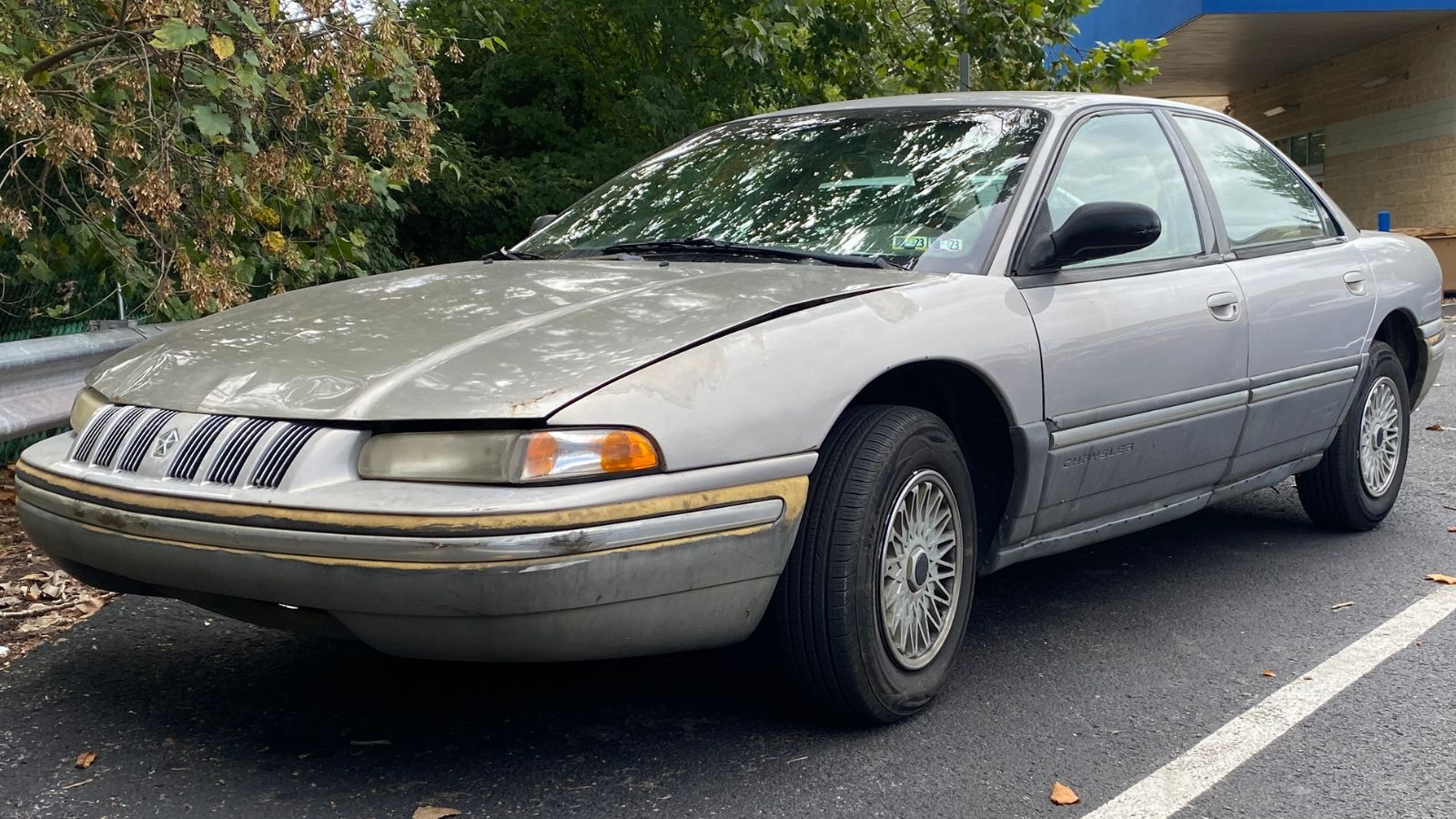
The Chrysler Concorde represented Chrysler’s cab-forward design language of the early 1990s. While it was praised for maximizing interior space, the overall look of the car was awkward. The drooping headlights, narrow grille, and stretched, jellybean-like body shape gave it the appearance of a melted bar of soap. Chrysler hoped it would look sleek and modern, but instead, it came across as clumsy. Buyers often overlooked its decent ride quality and space because the styling was so polarizing.
Hyundai Atoz (1997)
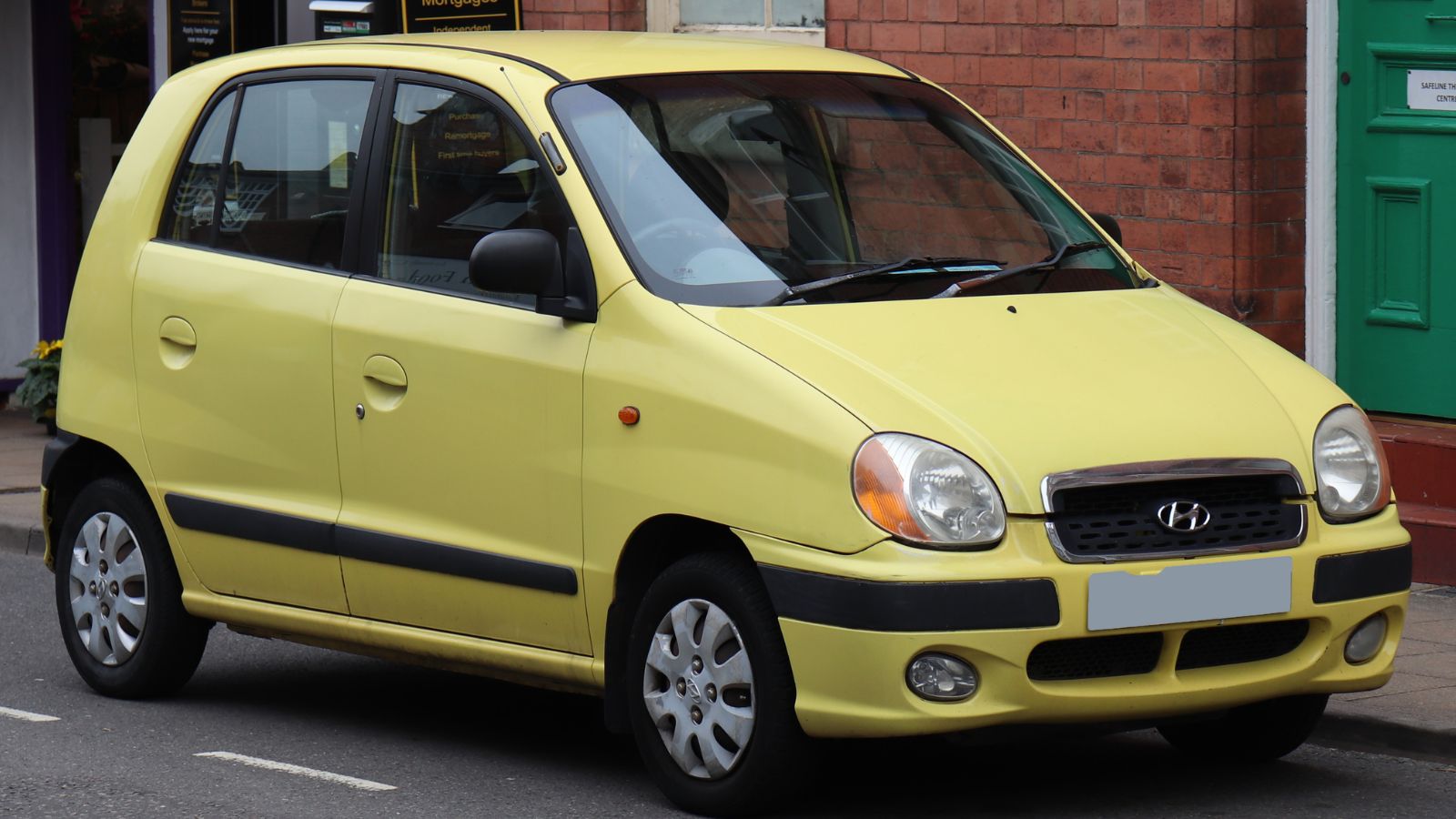
The Hyundai Atoz, released in 1997, was a compact city car designed to be cheap and practical. Unfortunately, its styling was anything but appealing. With its tall, narrow body, tiny wheels, and bug-eyed headlights, it looked more like a child’s drawing of a car than a real vehicle. While it found some buyers in Asia and Europe thanks to its low price, it never gained traction in markets where style mattered. It remains a reminder that practicality cannot always outweigh poor design choices.
Oldsmobile Achieva (1992)
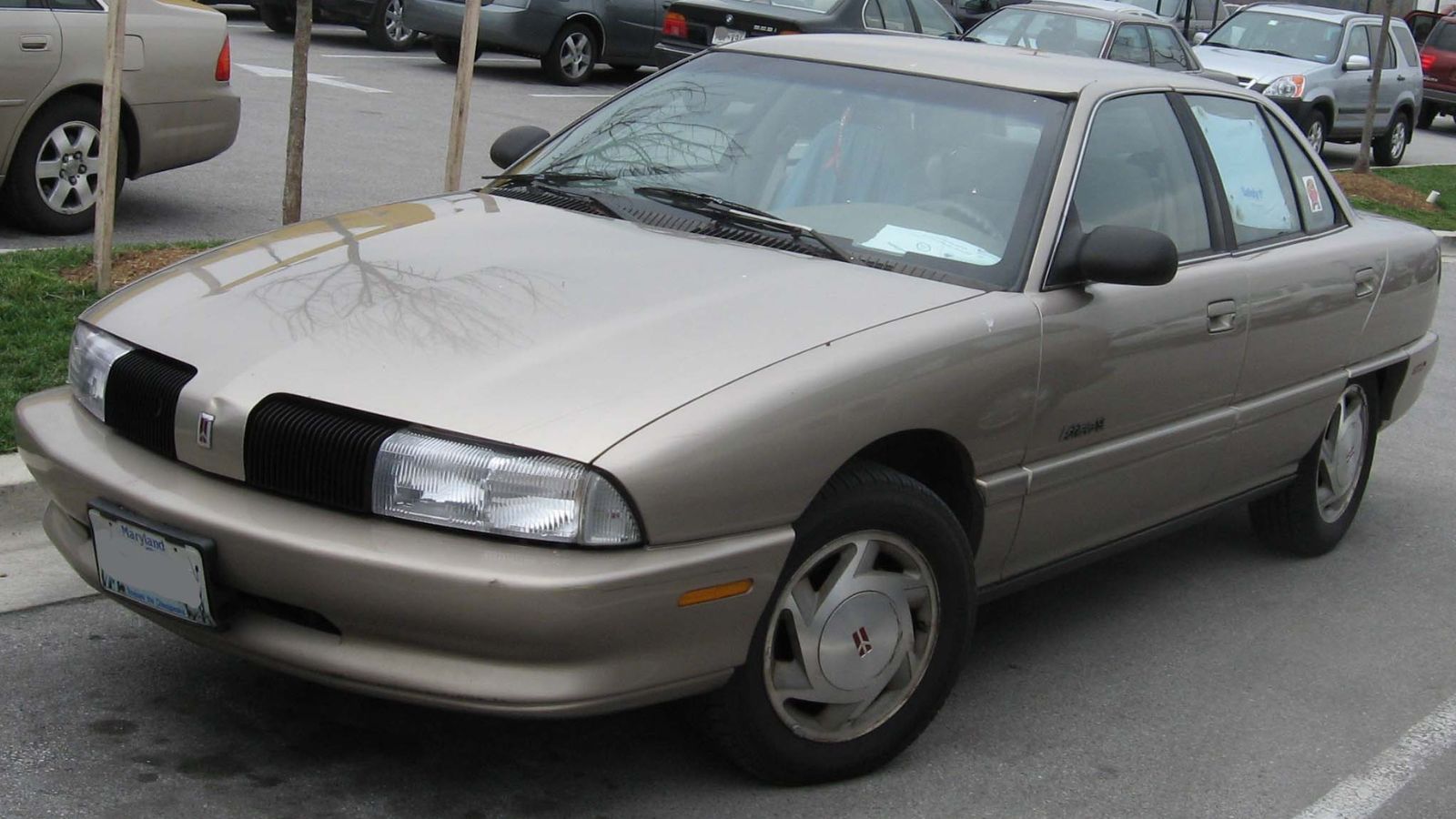
The Oldsmobile Achieva was a mid-size sedan that struggled to find an identity. Its tall greenhouse, stubby trunk, and uninspired front fascia made it one of the least attractive cars of the decade. It was bland where it needed flair and awkward where it needed refinement. The Achieva symbolized Oldsmobile’s decline in the 1990s, failing to inspire buyers with either style or performance. Today, it is remembered more for its forgettable and unattractive design than for any particular driving experience.
Why the 1990s Produced So Many Ugly Cars

The 1990s were a transitional period in car design. Automakers were grappling with new safety rules, experimenting with aerodynamics, and chasing new niches like compact SUVs and futuristic minivans. This led to bold ideas, but many of them backfired, resulting in awkward shapes and odd proportions. Some of these cars were practical, a few even innovative, but their designs were so polarizing that they became infamous. Looking back, these models stand as a reminder that pushing boundaries in design does not always lead to timeless beauty.
25 Facts About Car Loans That Most Drivers Don’t Realize

Car loans are one of the most common ways people fund car purchases. Like any other kind of loan, car loans can have certain features that can be regarded as an advantage or a disadvantage to the borrower. Understanding all essential facts about car loans and how they work to ensure that you get the best deal for your financial situation is essential. Here are 25 shocking facts about car loans that most drivers don’t realize:
25 Facts About Car Loans That Most Drivers Don’t Realize
